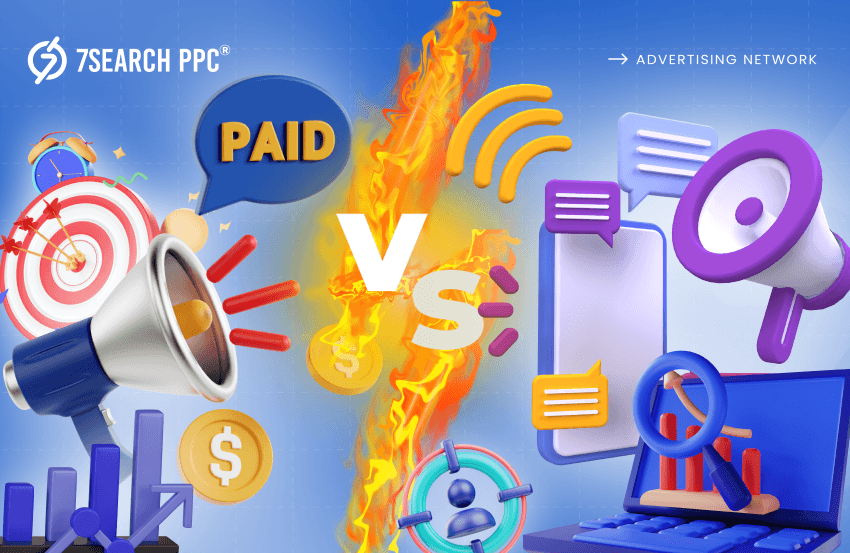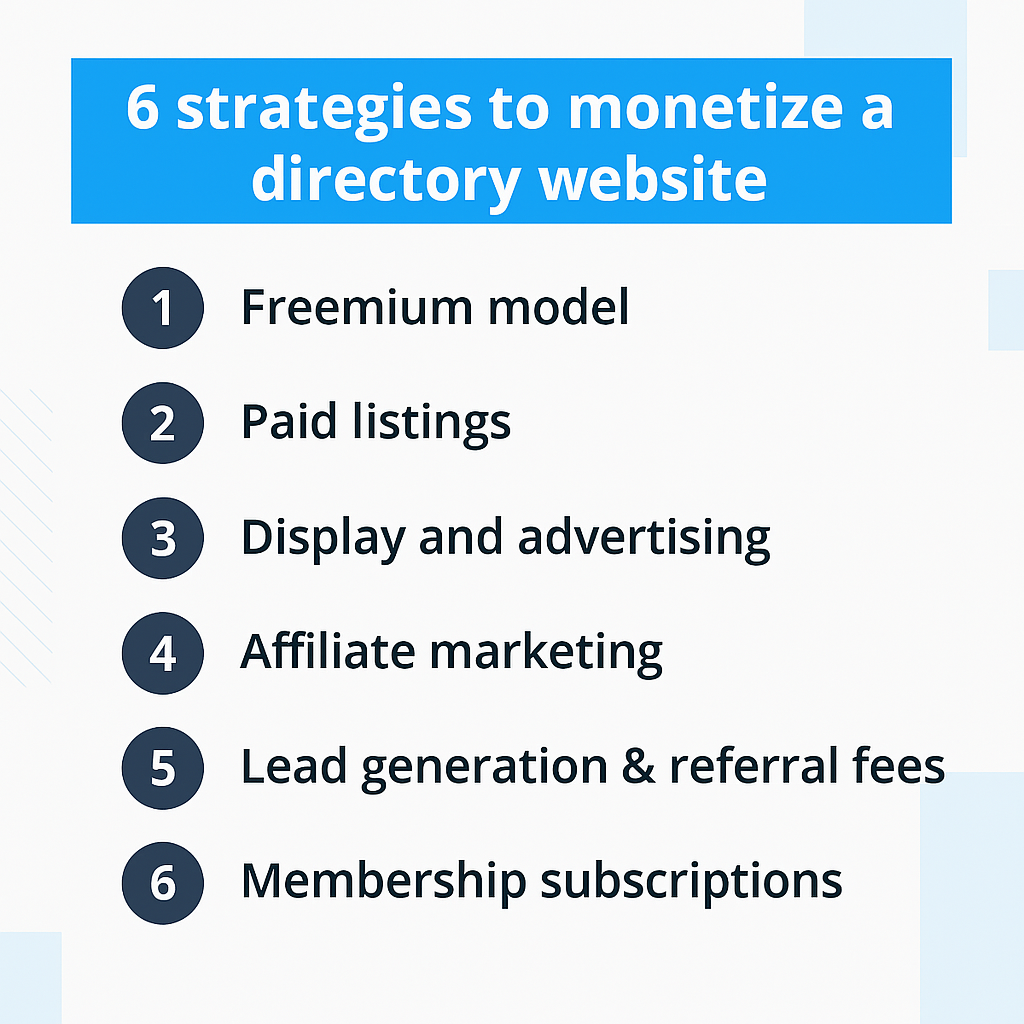Monetizing Organic Traffic: Key Strategies
Organic traffic—visitors who find your website through unpaid search results—is a valuable asset for digital businesses. Unlike paid traffic, which stops when the budget runs out, organic traffic can provide a steady, cost-effective stream of visitors over time. There are three primary ways to monetize this traffic: affiliate marketing, display advertising, and lead generation. Each has distinct mechanics, benefits, and best practices.
Affiliate Marketing
How it works:
You promote products or services from other companies (affiliates) and earn a commission when visitors make a purchase or complete a specific action through your referral links. Popular platforms include Amazon Associates, CJ Affiliate, and ClickBank.
Pros:
- Passive income potential: Once content is live, it can generate commissions indefinitely.
- Low overhead: No need to handle inventory, shipping, or customer service.
- Scalable: Works well with content-heavy sites like blogs, reviews, and directories.
Cons:
- Requires trust: Conversions depend on your audience’s trust in your recommendations.
- Delayed returns: New sites with little traffic may see few sales initially.
- Commission rates vary: Some niches offer higher payouts than others.
Best practices:
- Focus on relevance: Promote products closely aligned with your content and audience interests.
- Transparency: Disclose affiliate relationships to maintain trust.
- Quality content: Provide genuine reviews and comparisons to help users make informed decisions.
Display Advertising
How it works:
You place ads (e.g., banners, text ads) on your site through networks like Google AdSense or Media.net. Revenue is generated based on impressions (CPM) or clicks (CPC).
Pros:
- Easy to implement: Ad networks handle ad placement and payment.
- Consistent revenue: Works well for sites with steady traffic.
- Diverse formats: Supports display, native, and video ads.
Cons:
- Lower earnings per visitor: Especially for new or niche sites.
- User experience impact: Too many ads can deter visitors.
- Ad blockers: Some users may not see your ads.
Best practices:
- Balance ad density: Avoid overwhelming visitors with ads.
- Target high-value niches: Some topics command higher ad rates.
- Optimize placement: Test ad positions for maximum visibility without disrupting content.
Lead Generation
How it works:
You collect contact information (e.g., emails, phone numbers) from visitors interested in a product or service, then sell these leads to businesses in relevant industries (e.g., finance, insurance, education).
Pros:
- High-value leads: Businesses often pay premium prices for qualified leads.
- Recurring revenue: Establish ongoing relationships with lead buyers.
- Flexible models: Can work for both B2C and B2B niches.
Cons:
- Privacy concerns: Must comply with data protection regulations (e.g., GDPR).
- Quality control: Delivering low-quality leads can damage reputation.
- Conversion required: Visitors must be willing to share their information.
Best practices:
- Clear value exchange: Offer something valuable (e.g., ebook, webinar) in return for contact details.
- Targeted landing pages: Match content to the lead offer for higher conversion.
- Nurture leads: Use email sequences to move leads through the sales funnel.
Comparison Table
| Method | Revenue Model | Best For | Key Challenges | Scalability |
|---|---|---|---|---|
| Affiliate Marketing | Commission per sale | Content sites, product reviews | Building trust, low initial returns | High |
| Display Advertising | CPM/CPC | High-traffic blogs, news sites | Ad blockers, low rates | Moderate |
| Lead Generation | Payment per lead | B2B, high-intent niches | Privacy compliance, quality | High (if qualified) |
Additional Monetization Options
- E-commerce: Sell your own products or services directly to organic visitors.
- Subscription services: Offer premium content or tools for a recurring fee.
- Sponsored content: Partner with brands for paid articles or reviews (though this blurs the line with organic).
Maximizing Organic Traffic for Monetization
To effectively monetize organic traffic, focus on increasing both the quantity and quality of visitors. This involves:
- SEO optimization: Target relevant keywords and create high-quality, user-focused content.
- Audience research: Understand what your visitors want and tailor offers accordingly.
- User experience: Ensure fast load times, mobile-friendliness, and intuitive navigation.
- Content promotion: Leverage social media, email, and guest posting to amplify reach.
Conclusion
Monetizing organic traffic through affiliate marketing, ads, and lead generation offers diverse revenue streams with varying levels of effort, scalability, and potential returns. The most successful sites often combine multiple strategies, continually optimize their content and user experience, and focus on building trust with their audience. While each method has its challenges, organic traffic remains one of the most cost-effective and sustainable ways to grow a digital business.





